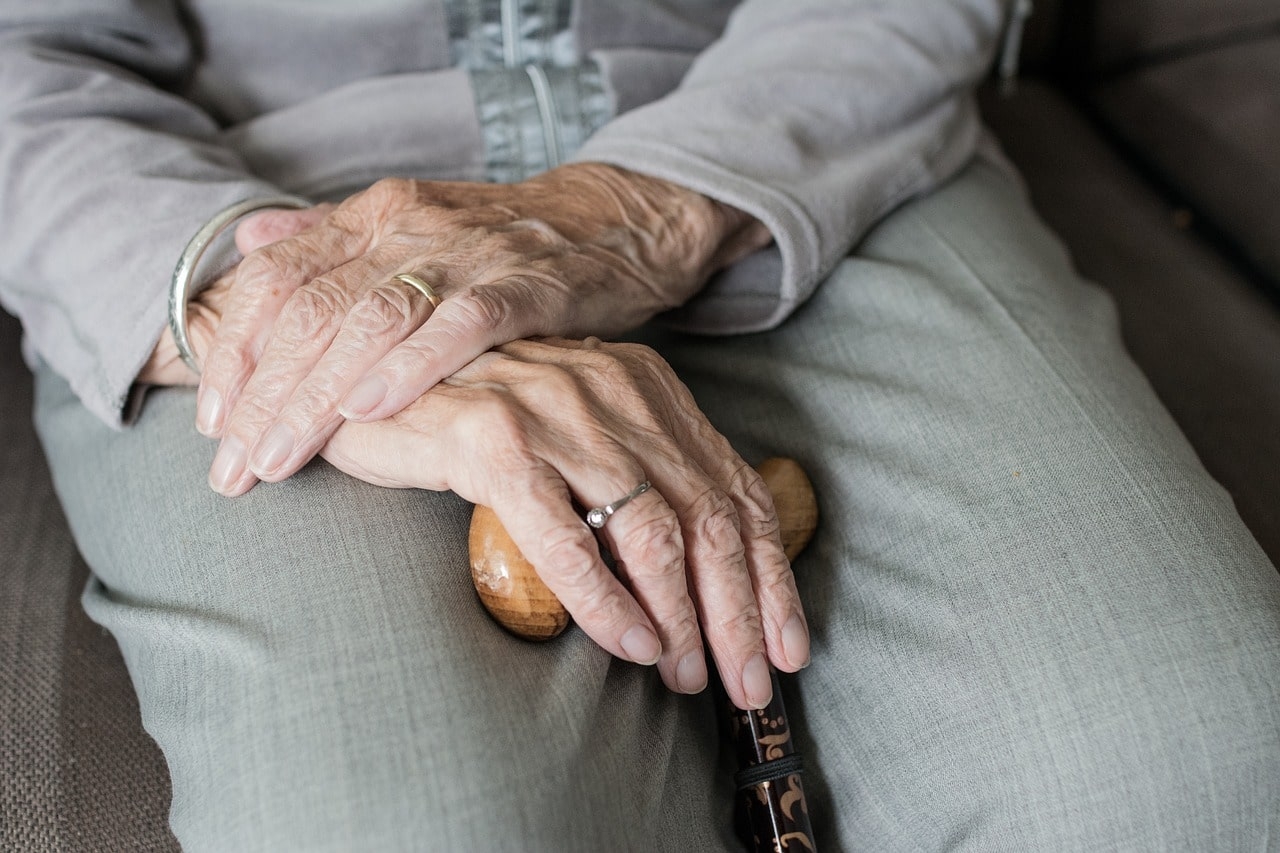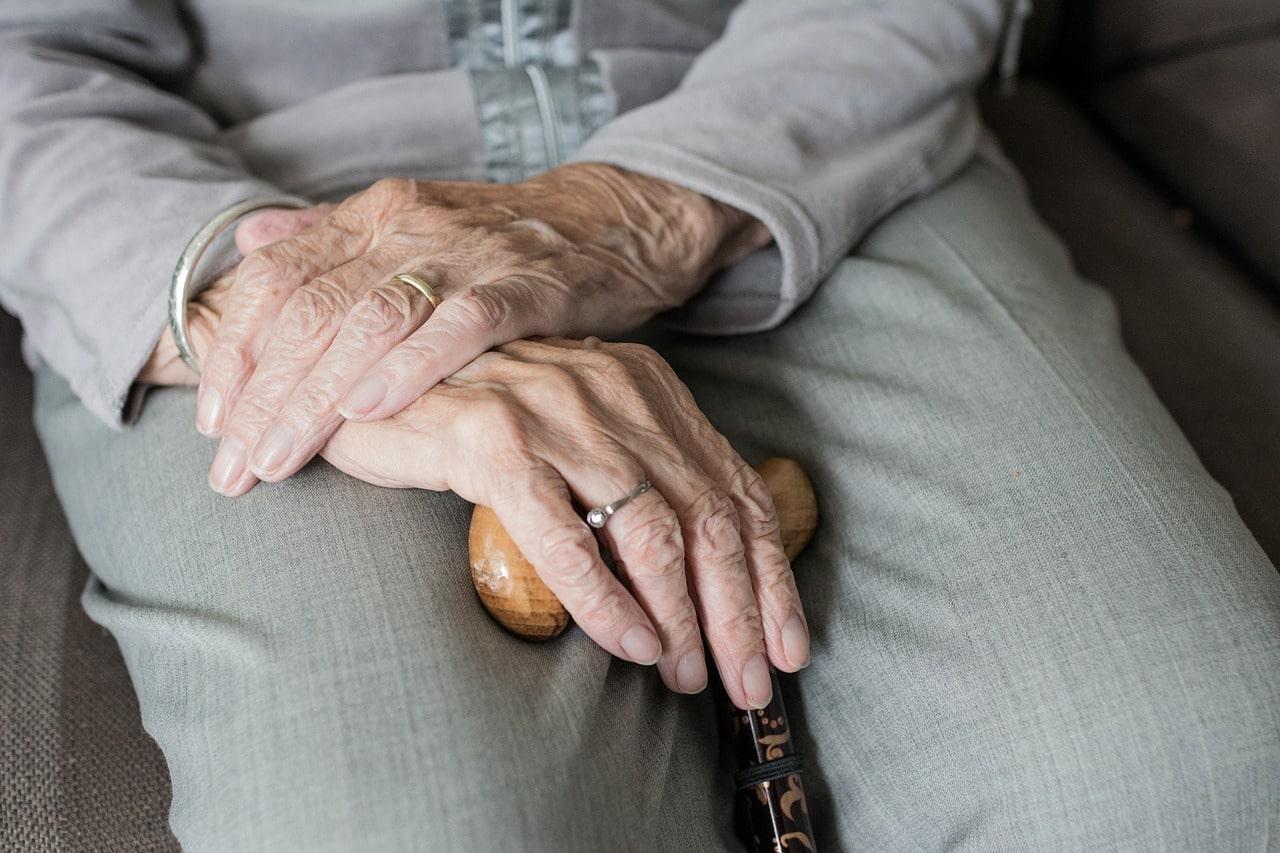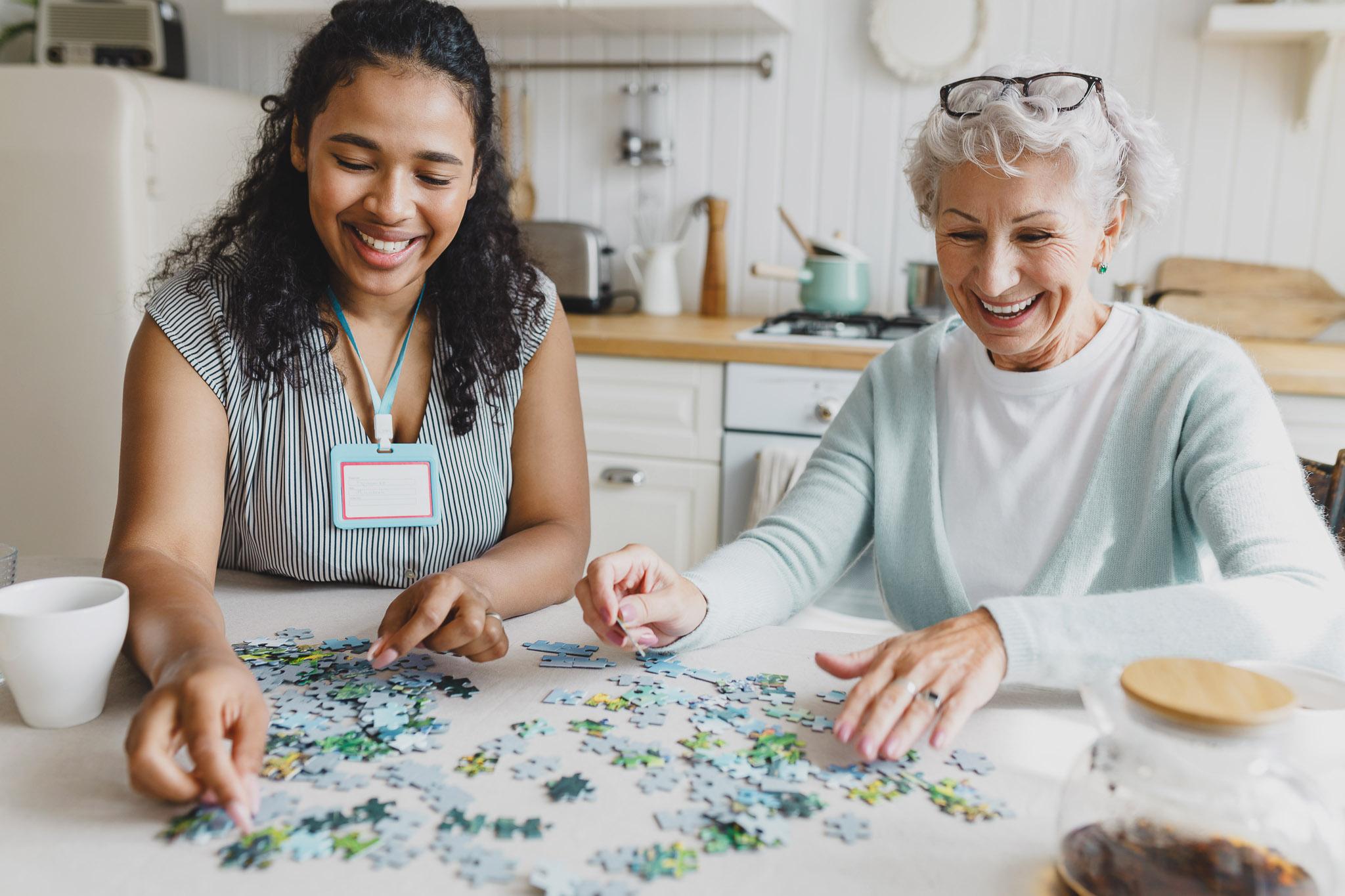
Published: Thursday 24 April 2025
Older Australians will soon face increased costs due to a new funding model that caps the amount over-65s can spend on vital safety modifications to their homes at just $15,000 over their lifetime. This new cap replaces the existing Home Care Packages programme, which allowed participants to accrue their package funds for essential home modifications, with many able to save for larger projects and often avoid out-of-pocket expenses. Experts are concerned that many seniors are unaware of the significant impact these changes will have.
Occupational Therapy Australia is particularly concerned that the new funding limitations will lead to seniors delaying or avoiding necessary home modifications, increasing the risk of falls and injuries among older Australians living at home. These concerns are further compounded by the fact that the new funding caps are at odds with the government’s goal of helping older people age in place.
Christina Wyatt, Professional Practice Advisor for Aged Care at Occupational Therapy Australia, has called the new $15,000 cap “grossly inadequate” and is urging the government to immediately reverse this decision.
“Major modifications can cost upwards of $50,000, while even smaller changes, like handrails or step modifications, can quickly consume the lower tiers of funding,” Wyatt explained. “Older people will try to stretch what little funding they have, but these small changes are often the key to preventing injuries that could lead to more expensive care needs down the line. These modifications help keep people safe and active at home.”
Under the current system, older Australians can access up to $10,000 per year through the Commonwealth Home Support Programme or accrue funds from the Home Care Packages programme for larger projects. The new funding model will not allow older people to accrue funds to cover the cost of significant works but instead will cap the amount available to them and thus require them to pay substantial out of pocket costs to purchase these works.
“Only 2% of people who need major modifications actually follow through with them due to financial barriers,” Wyatt noted. “The new cap will make it even harder for older Australians to remain independent and safe in their own homes.”
The consequences of these funding cuts could be dire. “More than half of all hospitalised falls in people aged over 65 happen at home,” Wyatt said. “Evidence shows that addressing home hazards can reduce falls by 30%. Without proper home modifications, we risk an increase in hospitalisations, earlier entry into residential care, and, in some tragic cases, preventable deaths.”
Occupational therapists are also concerned about the impact these changes will have on care providers. “Unmodified homes aren’t just unsafe for older people – they’re also dangerous for the carers who visit them. This could force providers to limit or even withdraw services to ensure staff safety.”
Many older Australians are already facing significant financial challenges, and the new Support at Home programme, which requires increased consumer contributions for services, will only worsen the situation.
“Investing in home modifications now will save money in the long term by reducing the need for more intensive and expensive care later,” Wyatt said.
Peter Willcocks, a polio survivor who now relies on a wheelchair for daily activities, is an example of someone who would likely be worse off under the new funding model. When his condition worsened, Peter planned a major home modification that would allow wheelchair access to essential areas of his home, enabling him to maintain his independence without relying entirely on a caregiver.
“It takes me about 40 to 50 minutes to get dressed in the morning, but I can do it independently. I don’t need to rely on my wife,” Peter said. “The pain of being a carer is something the government needs to understand and value.”
For example, Peter designed a laundry layout that allowed him to use front-loading machines and dryers, so he could manage his laundry independently from his wheelchair.
“The result? I can be totally independent,” Peter said. “But it’s unclear if such modifications would be covered under the changes to independent living funding.”
Although Peter’s home is now well-suited to his needs, he worries about others who may not have the same options under the new funding model. Reflecting on his old house, he recalls the essential modifications they made, such as raising the toilet to a safer height for easier use. Without adequate funding, many older Australians will be unable to make these crucial changes.
“The $15,000 lifetime cap just isn’t enough. I can’t see how anyone could make it work for essential changes that help older people stay safe and independent at home,” Peter said.
Another critical concern is the ability for people to adapt their homes as their needs change. With a lifetime cap, this becomes a daunting challenge.
“Modifications that help people age at home are not just for those with complex disabilities. They can support people with back pain or help minimise falls, improving daily living for many older Australians,” said Wyatt.
The need for adequate funding to support home modifications is urgent. With the right investments, we can help seniors remain safe, independent, and living in their own homes longer, reducing the need for more expensive and intensive care in the future.
Downloads

Aged Care Media Release—Fed Election 2025
OTA is actively working towards a better Aged Care sector that supports our profession to deliver the high quality, specialised services our older population wants and needs.




